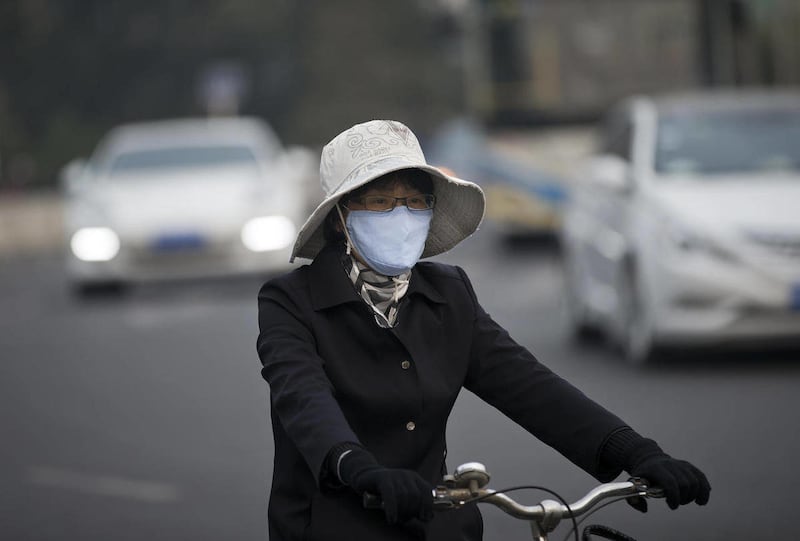Near the beginning of the COVID-19 outbreak in the United States, the Centers for Disease Control and Prevention advised people who were concerned about catching the virus not to go out and buy face masks unless they were living with someone who had the virus.
Now, the Washington Post reports that the CDC has somewhat changed its tune, but they’re making one vital designation: leave the medical -grade masks for medical workers.
Amid global shortages of face masks and other vital protective gear required by medical workers treating and testing patients with COVID-19, people should avoid purchasing N95 respirators and medical grade face masks. Instead, the New York Times reports, they should be making their own.
According to Fox News, as many as 25% of those infected with coronavirus are asymptomatic, but can still be spreading the virus. This is where improvised face coverings can help. While they’re not as effective at preventing you from catching the virus as medical-grade masks are, if they’re made out of thick materials like cotton or felt, they can be very effective at keeping you from spreading the virus.
Volunteers in Utah and across the country have already begun making homemade fabric masks to donate to medical professionals who are unable to use get proper masks due to the shortage, the Deseret News reports.
A Beijing study of SARS, which is transmitted in a similar way to COVID-19, found that wearing traditional face masks in public could reduce someone’s risk of catching the SARS virus by up to 70%, CNN reports.
While the data on masks is promising, it is most important to preserve those materials for medical workers when there is a shortage, as high-grade medical masks are difficult to make and must meet high regulatory standards, Recode reports.
Both the New York Times and Business Insider posted simple DIY face mask tutorials, but advised not to take a medical -grade mask from a healthcare employee.


